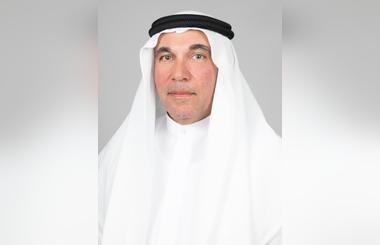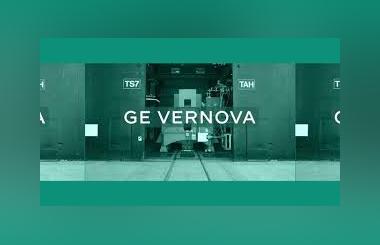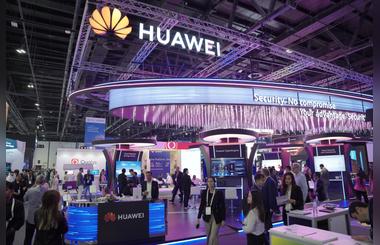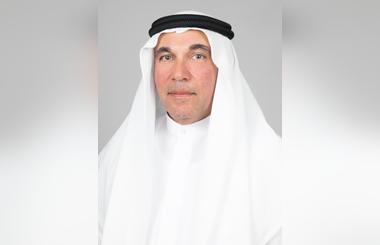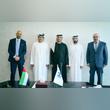
- ID Number 8517
- Aug 07, 2023
- 202
Future Workplaces With Sensors, Sustainability, IOT And AI Re-Imagined By Bentley Systems, Microsoft And Schneider Electric
In collaboration with Bentley Systems and Schneider Electric, Microsoft has rolled out a digital twin of its new regional headquarters at Frasers Tower in Singapore, providing a living blueprint for the future of smart buildings.
The workplace of the future is around embracing innovation into the very fabric of our space, so that we innovate multiple touchpoints of connectivity, are globally inclusive and accessible, while being very mindful of sustainability and the environment. At Frasers Tower in Singapore, we worked closely with Bentley Systems and Schneider Electric to enforce sensors and telemetry to create a connected workplace, that enables us to adjust the space based on usage, therefore enhancing energy efficiency, stated Ricky Kapur, VP for Sales, Marketing and Operations for Microsoft in Asia Pacific.
Saving Costs and Improving Productivity with Digital Twins
At the Microsoft offices in Frasers Tower, data is collected using a mix of 179 Bluetooth beacons in meeting rooms and 900 sensors for lighting, air quality and temperature by Schneider Electric. The platform creates nearly 2,100 data points, that are linked to the cloud on Microsoft Azure, allowing the holistic management of the environment.
The sensors allow monitoring of facilities usage, energy and utilities. They make perfect space utilization, air conditioning and lighting adjustments. All these give a comfortable and productive space for employees, while increasing overall energy efficiency. Open, interoperable technology also enables activity detection enabled lighting and room sensors to reflect room bookings on the Microsofts Smart Building CampusLink app.
Employees and staff use Smart Building CampusLink, an application that is completely integrated with Microsoft Outlook and Microsoft Office 365, taking navigation to the next level by allowing employees to find directions, determine room occupancy and book facilities in real-time. Built on Azure App Services and powered by Azure Data Lake and Office 365 Graph API, Microsofts regional headquarters in Asia Pacific is the first Microsoft office outside of Redmond, Washington to enforce Smart Building CampusLink.
The sensors could potentially also monitor carbon dioxide levels in the air that negatively affect work performance and neural activity, noise levels and energy usage, which can ensue in savings of up to 25%, as experienced at Microsofts Headquarters situated in Redmond, Washington.
Smart sensors enable us to collect meaningful data in real time, which allows us to develop various aspects of our spaces, making them more comfortable, while minimizing energy consumption in a sustainable and economical manner. Our partnership with Microsoft provides a real model on how linked devices mixed with contextualized sensor processing can deliver smart building systems that do not intrude on the privacy of individuals, and can be applied beyond offices, to buildings, malls and even homes of the future, shared Damien Dhellemmes, Cluster President, Singapore, Malaysia, Brunei, Schneider Electric.
Data driven blueprint
The data from sensors allow the virtual replication of the physical world by modeling the relationships between people, places, and devices in a spatial intelligence graph. The operational insights achieved through the digital blueprint enables for management and measurement, creating uniquely relevant experiences by correlating data throughout the physical and digital worlds. Developed and implemented in partnership with Bentley Systems, Microsofts digital twin of Frasers Tower in Singapore is a model for smart offices. It brings together the convergence of artificial intelligence, Internet of Things and productivity tools in a uniquely relevant manner.
Digital twins are redefining how we manage infrastructure, from individual equipment installations to large facilities and whole cities. While smart buildings were enhanced to better manage energy consumption, we have come to realize additional strategic roles of dynamically allocating space, increasing utilization, reducing costs, developing competitiveness, and enhancing collaboration and productivity. With Bentleys OpenCities Planner and Microsofts Azure cloud platform and Power BI, we have created a virtual digital twin model of their regional headquarters in Singapore, correlating the data collected throughout the digital and physical worlds to build domain-specific solutions and unlock new efficiencies, improvements, and opportunities for the modern workplace, stated Kaushik Chakraborty, vice president and regional executive for Asia South at Bentley Systems.
Sustainability and inclusivity
In a world where we can expect more than 40 billion devices generating nearly 80 zettabytes (ZB) of data by 2025, organizations and industries will want to adopt new technologies and build capabilities that will allow them to flourish in an innovation-led, cloud first, artificial intelligence focused future.
Asia Pacific is one of the rapidly growing regions for Microsoft, which has created a blueprint for organizations to adopt the culture, physical spaces and technologies for a future-ready workplace. Spread around 12,500 sq. meters and six floors, the new Microsoft office at Frasers Tower brings 1,400 people together in an environment that enables the digital and physical worlds to exist in harmony.
Microsoft has made sure that the new office is inclusive by making it accessible for everyone, regardless of how they communicate, see, hear, or move. Microsoft follows a global standard of accessibility for every Microsoft office and in Singapore, they comply to the Building and Construction Authority of Singapore Accessibility code in the built environment (2013).
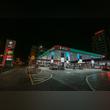
ENOC Group continues to drive sustainable developm...
- Mar 24, 2024
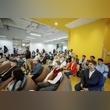
AAICO and Decoding Data Science Celebrate the Succ...
- Mar 11, 2024
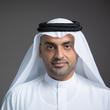
GCC revealed as top export and re-export market fo...
- Mar 06, 2024

